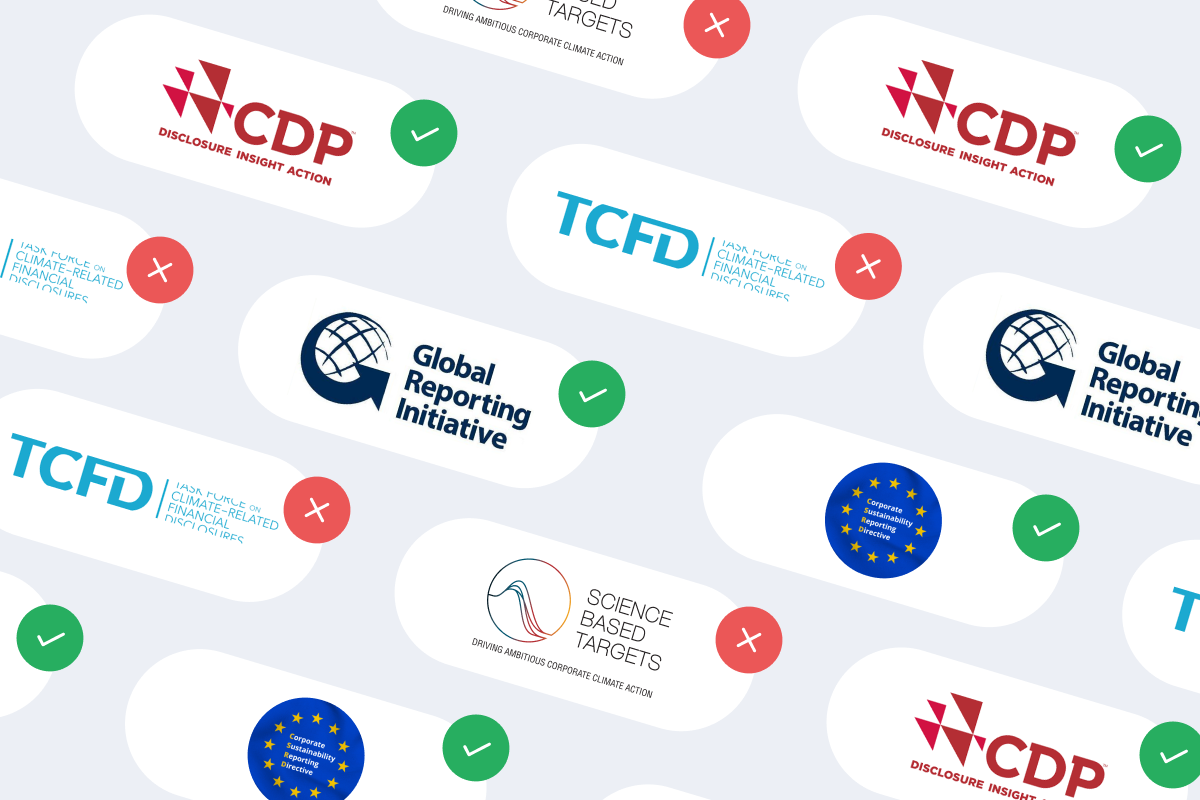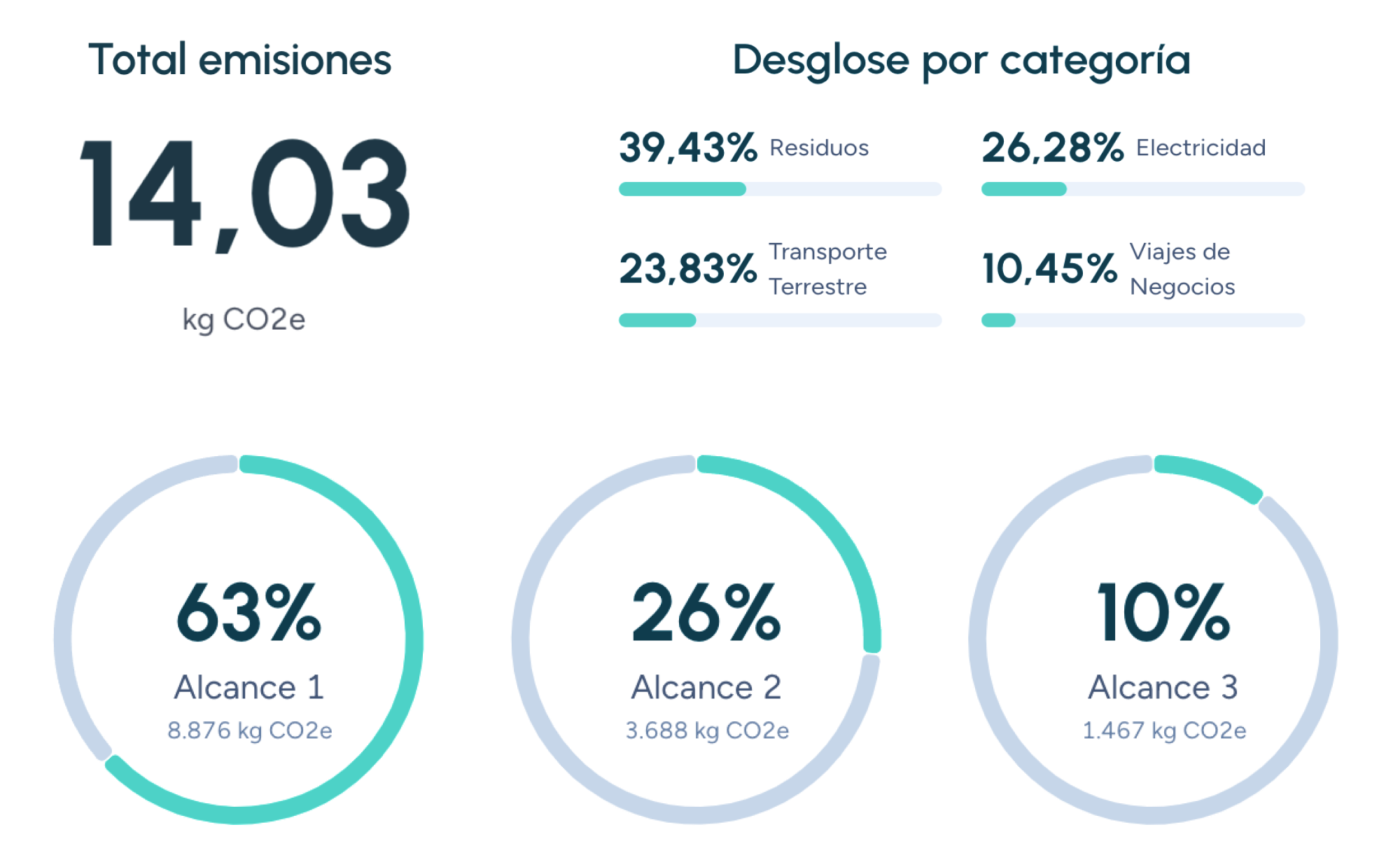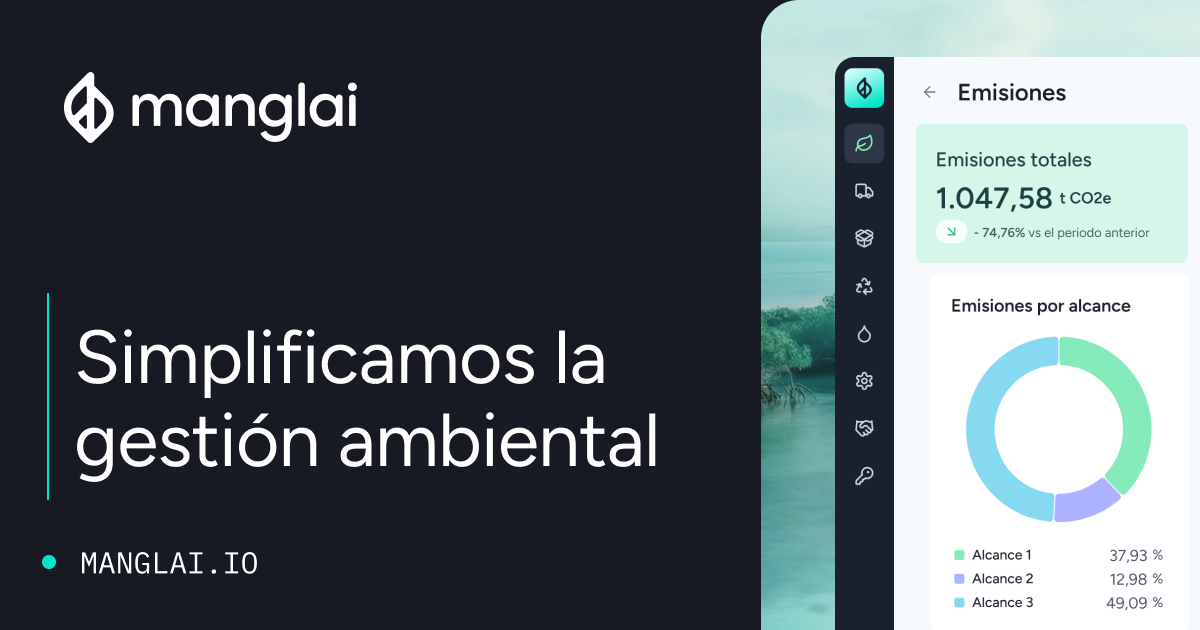A strong commitment to sustainability not only enhances a company’s reputation in an increasingly conscious market but also opens new opportunities and mitigates risks. In this context, sustainability indicators, known as KPIs (Key Performance Indicators), emerge as essential tools to measure, evaluate, and communicate an organization’s environmental, social, and economic performance.
What are sustainability KPIs?
Sustainability KPIs focus on measuring progress toward sustainability-related goals, providing concrete data that allow companies to:
- Evaluate environmental impact: Resource consumption, greenhouse gas (GHG) emissions, waste generation, etc.
- Analyze social performance: Working conditions, occupational health and safety, community impact, etc.
- Monitor economic viability: Profitability, investment in sustainability, risk management, etc.
These indicators act as an early warning system, identifying areas for improvement and enabling companies to adjust strategies to achieve their sustainability objectives.
Types of sustainability indicators
The selection of appropriate KPIs depends on the nature of the company, its industry, and specific objectives. However, some indicators are essential in any sustainability strategy:
1. Environmental indicators
These indicators quantify the impact of a company’s operations on the environment. Examples include:
- Carbon footprint: Measures the GHG emissions generated by the company’s activities, a critical metric for combating climate change and complying with frameworks like the GHG Protocol.
- Water consumption: Evaluates efficiency in water usage throughout the value chain, identifying opportunities to reduce consumption and minimize water-related impacts.
- Waste management: Measures the volume of waste generated, recycling rates, and actions taken to minimize the environmental impact of waste.
2. Social indicators
These KPIs assess the company’s impact on employees, the community, and society at large. Examples include:
- Occupational health and safety: Tracks workplace accident rates, occupational illnesses, and measures to ensure a safe and healthy work environment.
- Diversity and inclusion: Evaluates the representation of different demographic groups in the workforce and actions to promote equal opportunities.
- Community engagement: Measures company initiatives to support local communities, such as volunteer programs or donations.
3. Economic and governance indicators
These indicators evaluate the company’s financial sustainability and corporate governance quality. Examples include:
- Sustainable profitability: Measures the company’s ability to generate economic benefits while considering environmental and social impacts.
- Investment in sustainable innovation: Assesses the company’s investment in developing more sustainable products, services, and processes.
- Transparency and business ethics: Evaluates corporate governance practices, transparency in reporting, and commitment to ethical business conduct.
Benefits of using sustainability KPIs
Implementing a system of sustainability KPIs offers numerous benefits for companies:
- Improved environmental and social performance: KPIs help identify areas for improvement, set specific goals, and track progress.
- Increased competitiveness: In a market increasingly focused on sustainability, companies that demonstrate responsible practices gain a competitive advantage.
- Enhanced corporate reputation: Transparency in sustainability performance builds trust among stakeholders, improving the company’s image and strengthening its reputation.
- Regulatory compliance: KPIs support compliance with growing sustainability regulations and standards, avoiding penalties and legal risks.
How to select the right KPIs
To make a KPI system effective, it is essential to select the most relevant indicators for the company. This process should be based on an in-depth analysis of:
- Industry sector: Each industry has its own sustainability challenges and opportunities.
- Strategic objectives: KPIs must align with the company’s overall goals.
- Stakeholder expectations: The expectations of stakeholders should be considered when defining KPIs.
Implementing KPIs in a sustainability strategy
Implementing a sustainability KPI system requires a structured approach:
- Define objectives: Set SMART goals (specific, measurable, achievable, relevant, and time-bound).
- Identify KPIs: Select indicators that best reflect progress toward objectives.
- Set targets: Define concrete and measurable goals for each KPI.
- Monitor and measure: Collect data regularly and systematically to assess progress.
- Communicate results: Transparently report results to stakeholders in an accessible way.
Move toward sustainability with Manglai
At Manglai, we are committed to providing companies with the tools and knowledge they need to advance their sustainability journey. Our platform, specialized in the GHG Protocol and ISO 14064, offers comprehensive solutions for carbon footprint calculation, reduction plan development, and auditable sustainability reporting, helping companies turn their commitments into concrete actions.
Andrés Cester
CEO & Co-Founder
About the author
Andrés Cester is the CEO of Manglai, a company he co-founded in 2023. Before embarking on this project, he was co-founder and co-CEO of Colvin, where he gained experience in leadership roles by combining his entrepreneurial vision with the management of multidisciplinary teams. He leads Manglai’s strategic direction by developing artificial intelligence-based solutions to help companies optimize their processes and reduce their environmental impact.
Content
Companies that trust us

Implementing the GLEC Framework in Logistics: Emissions Calculation and Fleet Optimization
Discover how to apply the GLEC Framework to measure logistics emissions, comply with ISO 14083, and optimize fleets.
10 November, 2025
How to Communicate your Decarbonization Strategy and Avoid Greenwashing
Learn how to communicate your decarbonization strategy with transparency and verified data. Avoid greenwashing and build customer trust.
15 October, 2025
Transition Risk: What it means for Corporate Strategy
Learn how businesses can navigate transition risks related to climate policies and economic shifts.
14 May, 2025
Guiding businesses towards net-zero emissions through AI-driven solutions.
© 2025 Manglai. All rights reserved
Política de Privacidad


